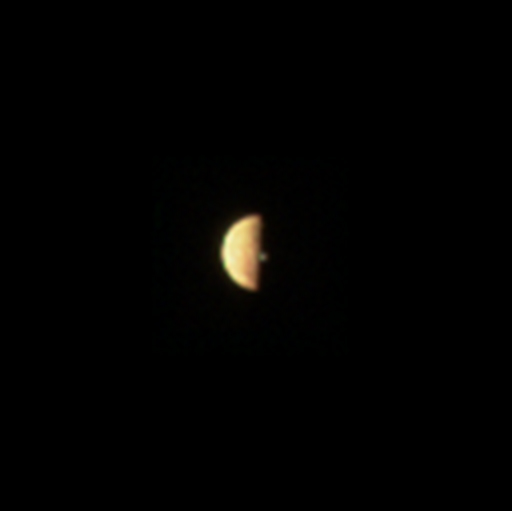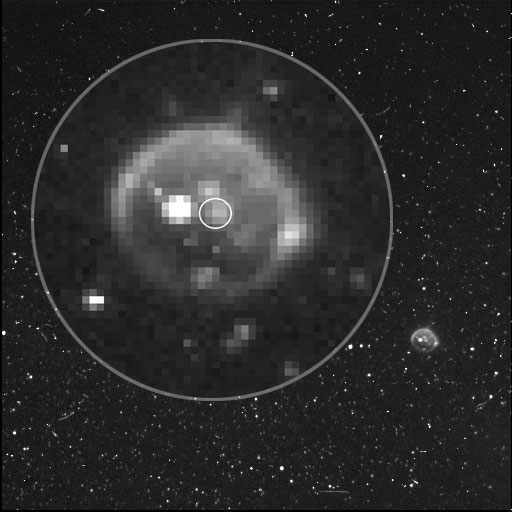This week in astronomy news, the Osiris-REX spacecraft entered orbit around the asteroid Bennu, while NASA's Juno snapped photos of a volcanic plume erupting on Jupiter's moon Io.
Osiris-REX Enters Orbit Around Bennu
As many were awaiting New Horizons' flyby on New Year's Day, another NASA spacecraft was already reaching a major milestone on New Year's Eve. Osiris-REX entered orbit around the diminutive asteroid Bennu at 2:43 p.m. EST on December 31st. At just 492 meters (almost a third of a mile) across, the rock is the smallest object ever orbited by a spacecraft. Osiris-REX will circle Bennu within a mile of its center — closer than Rosetta ever came to its comet. This close orbit will help the spacecraft stay locked onto its target despite Bennu's weak gravity field.
Orbital insertion went off without a hitch following a preliminary survey of Bennu's surface. The current orbit will continue until mid-February, after which the team plans more challenging flight activities. The goal of all of this is to measure and map Bennu's mass distribution with exquisite precision. Knowledge of Bennu's gravity will be crucial for sample retrieval, scheduled for the summer of 2020. The sample is due back on Earth in 2023.
Find more detail on the delicacy of the orbital insertion in the Osiris-REX team's press release.
Juno Images Volcanic Plumes from Jupiter's Moon Io
NASA's Juno probe imaged the polar regions of Jupiter's moon Io on December 21st, imaging the world at ultraviolet, optical, and infrared wavelengths for over an hour. The images caught an active volcanic plume erupting at just the right time, seen as a bright spot just beyond the terminator (day/night boundary).

NASA / SwRI / MSSS
"The ground is already in shadow, but the height of the plume allows it to reflect sunlight," explains JunoCam lead Candice Hansen-Koharcheck (Planetary Science Institute), "much like the way mountaintops or clouds on the Earth continue to be lit after the sun has set."
Juno continued imaging the moon even after it passed into Jupiter's shadow. The Stellar Reference Unit, designed to capture images in very low lighting, saw Io by the sunlight reflecting off of Europa's surface and onto Io.

NASA / JPL-Caltech / SwRI
Read on for more details on the observations in the Southwest Research Institute's press release.
 2
2
Comments
JohnofYork
January 4, 2019 at 5:38 pm
Why no mention of China's moon landing?
You must be logged in to post a comment.
Monica YoungPost Author
January 7, 2019 at 10:07 am
Indeed, that was big news! See https://skyandtelescope.org/astronomy-news/chinas-change-4-mission-lands-on-the-lunar-farside/ for a story on the landing and first images.
You must be logged in to post a comment.
You must be logged in to post a comment.